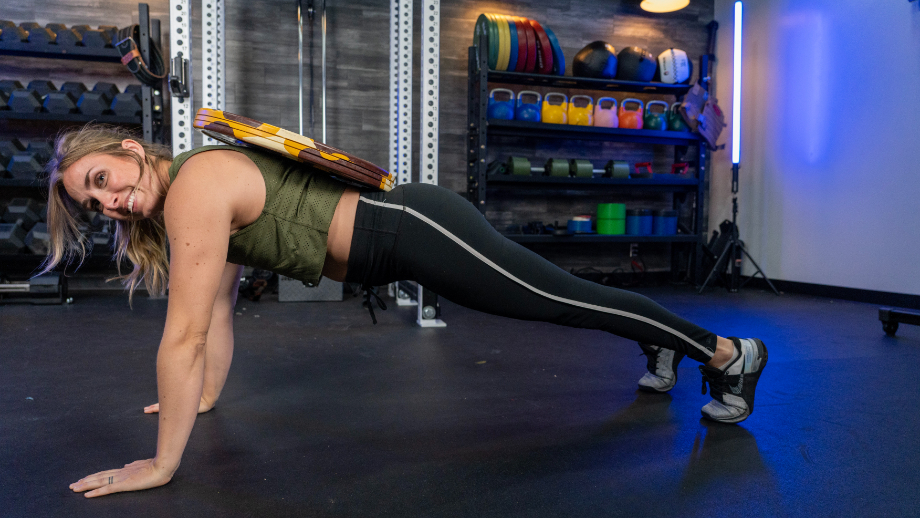We test and review fitness products based on an independent, multi-point methodology. If you use our links to purchase something, we may earn a commission. Read our disclosures.
Runners, stop running so much. For real.
Most people assume that to become a better runner, one should run more—run longer, run more frequently, run faster. This is a common misconception and one that can actually result in overuse injuries or overtraining syndrome.
This misbelief isn’t exclusive to running, by the way: Endurance athletes of all disciplines are known to make this mistake. I myself, a former cross-country runner and distance swimmer who now recreationally competes in endurance events, have been guilty of adopting a “more is always better” mentality.
In this guide, I use my experiences as an endurance athlete and my knowledge as a certified personal trainer to bring you the best cross training exercises for endurance enthusiasts and answer common questions about cross-training.
The Best Cross-Training Exercises
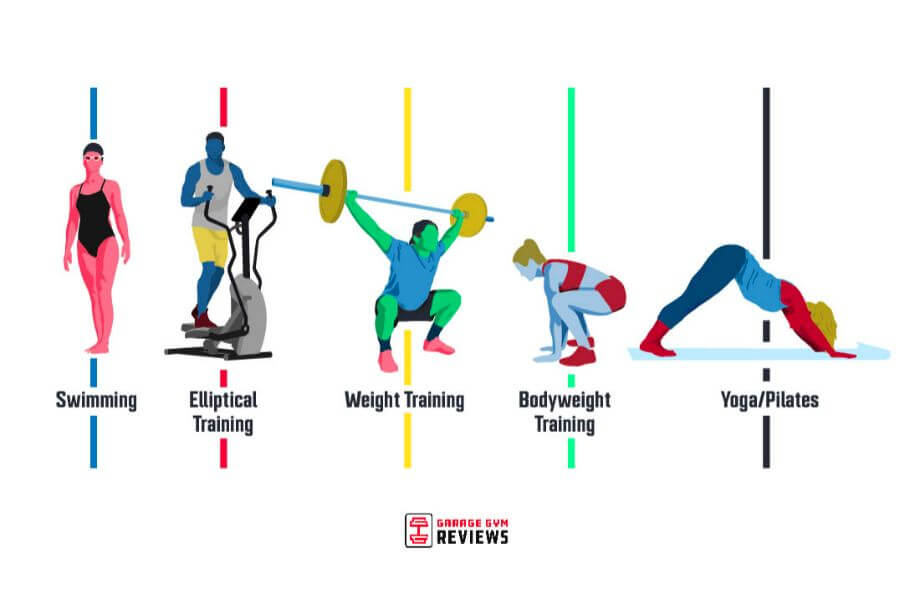
For endurance athletes, the best cross-training activities are strength training exercises. Additionally, cross-training can include a mix of bodyweight exercises, low-impact activities like yoga and pilates, and alternative aerobic workouts (anything different than what you are specifically training for).
Ahead, a look at some of the best cross-training exercises for endurance athletes.
Weighted Cross-Training Exercises
Here are some weightlifting exercises you can do to support your endurance endeavors. These movements will increase total-body strength, core stability, and power.
Deadlift
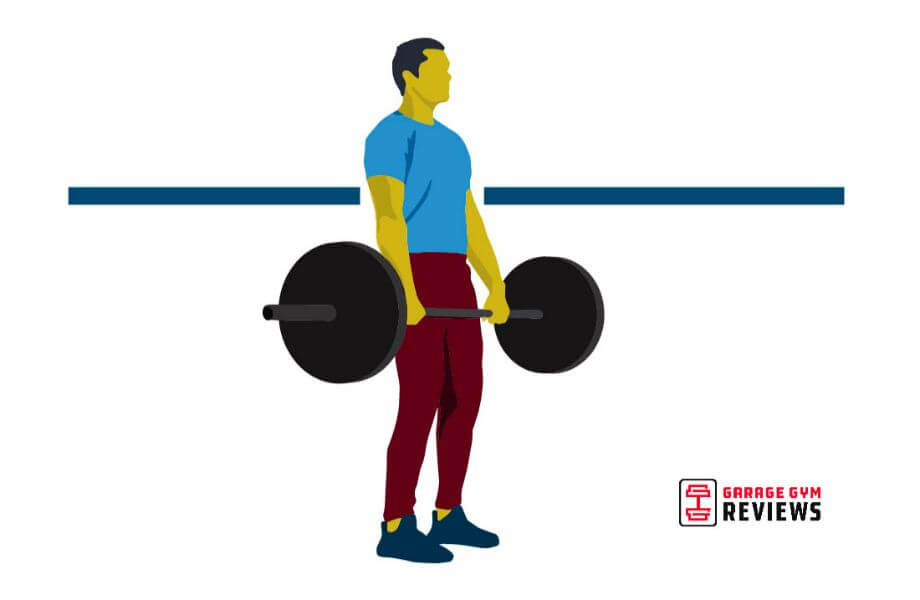
A classic strength training exercise, the deadlift works all of your major muscle groups with a focus on the posterior chain, AKA the back side of your body.
Squat
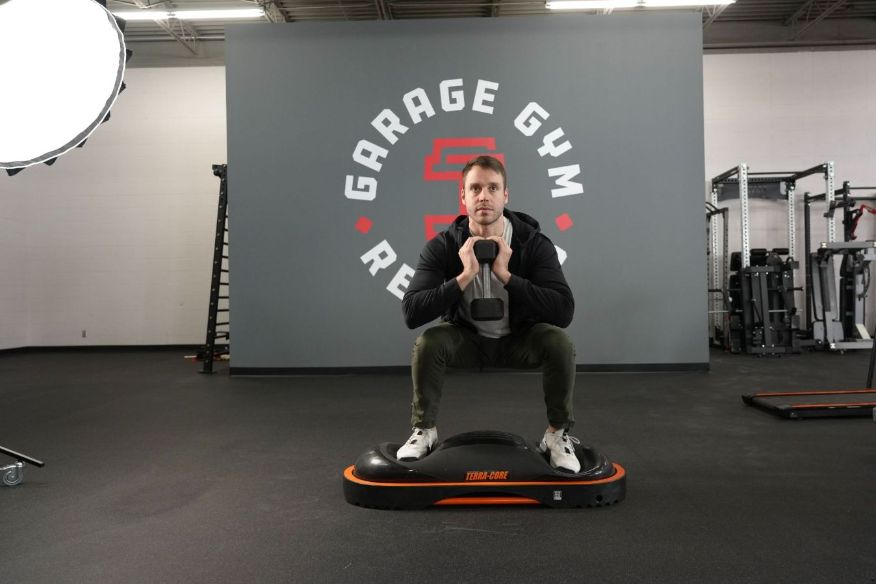
Squats of any variation—back, front, goblet, overhead, dumbbell—light up the entire lower body, as well as the core and much of the posterior chain.
Overhead Press
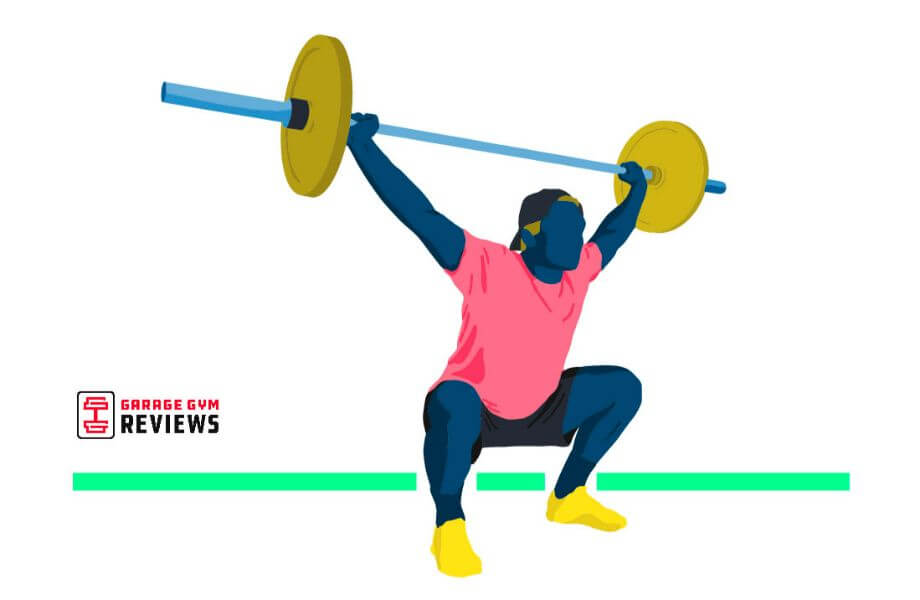
The overhead press looks simple, but is actually a very complex movement that primarily trains the upper body but also requires a boatload of core stability and bracing in the lower body.
Single-Leg Deadlift
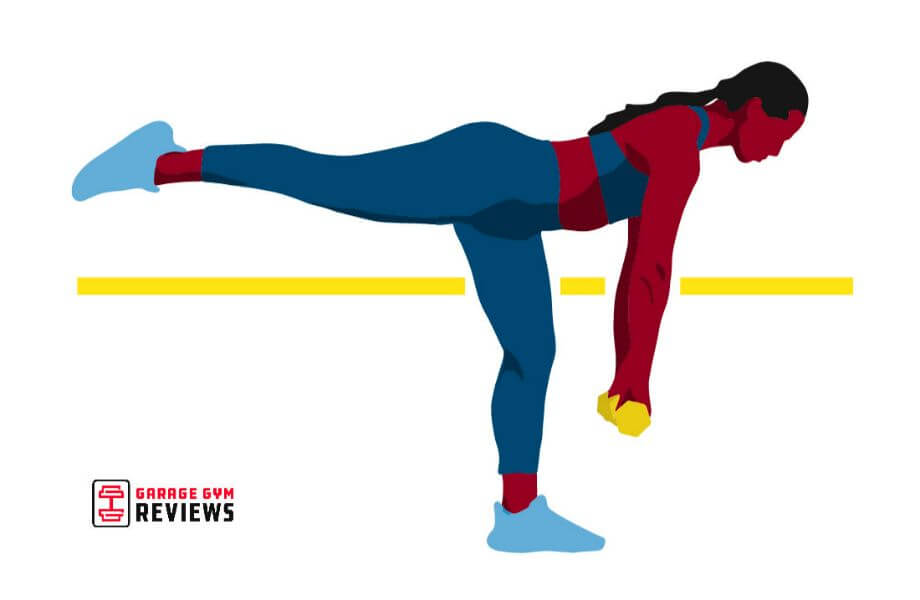
Unilateral exercises like the single-leg deadlift, which you can do with dumbbells or kettlebells, force you to engage your core and work hard to maintain a neutral spine position. This skill translates to better posture during endurance training and better core control.
Overhead Lunge
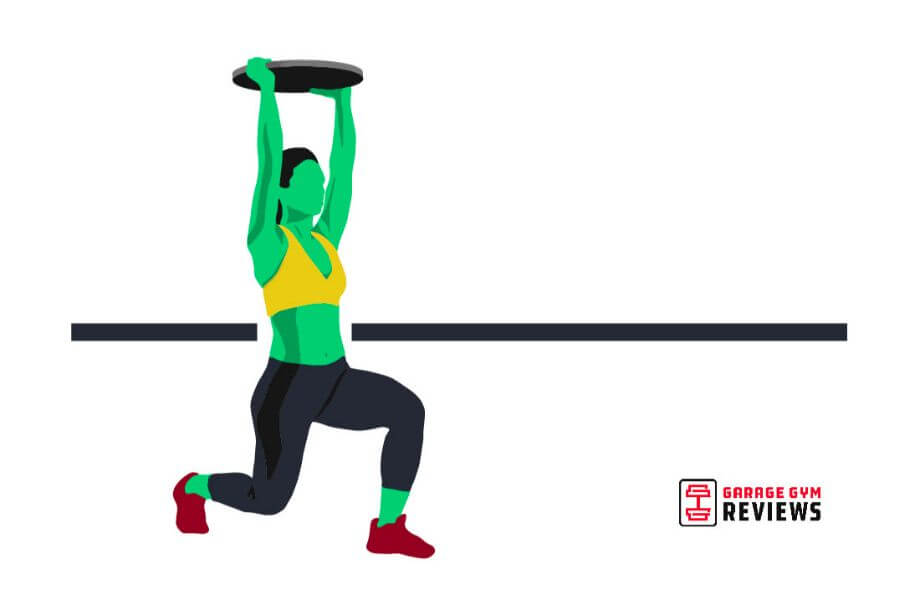
If you’re looking for a full-body exercise to tax your muscles and also get your heart rate going, try the overhead lunge. This is a more advanced movement, so be sure to have a coach or trainer walk you through it if you’re new to the exercise.
Bodyweight Cross-Training Exercises
While weight training is the most effective way to build muscle and strength, there’s no denying that bodyweight exercises can be just as helpful in your cross-training journey.
Air Squat
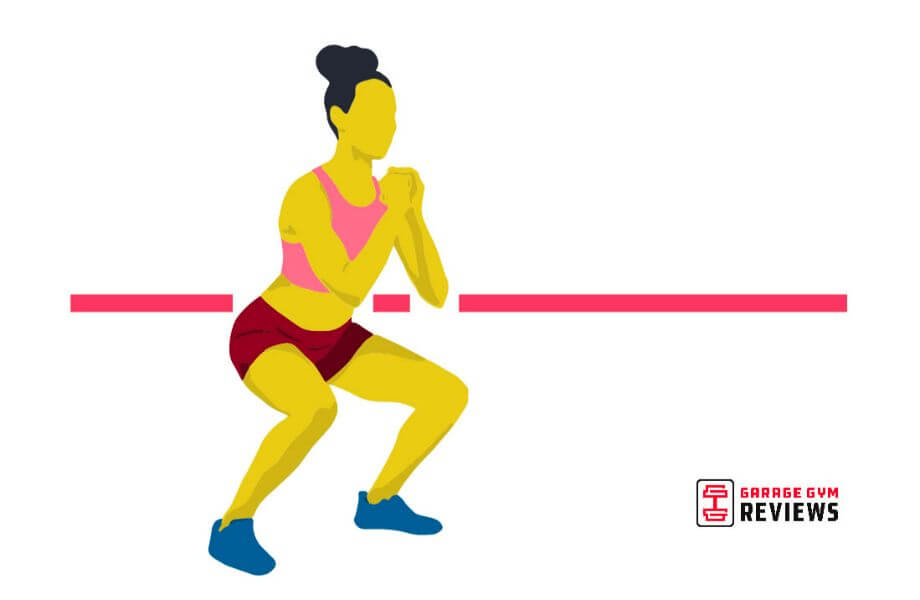
Ya don’t need weight for squats to be effective! Air squats are a simple, no-equipment exercise you can do anywhere to support endurance training.
Pistol Squat (and Variations)

Want real leg burn without any weight? Try single-leg squats. Pistol squats are a “true” single-leg squat with no support from an external apparatus. However, there are many variations of pistol squats you can do if you don’t have the requisite strength, mobility, and balance. Split squats, Bulgarian split squats, and TRX-supported pistols are some examples.
Plank

Perhaps the ultimate core-building exercise, planks teach you to brace your core to protect your spine and build up stamina in the core musculature.
Push-Ups
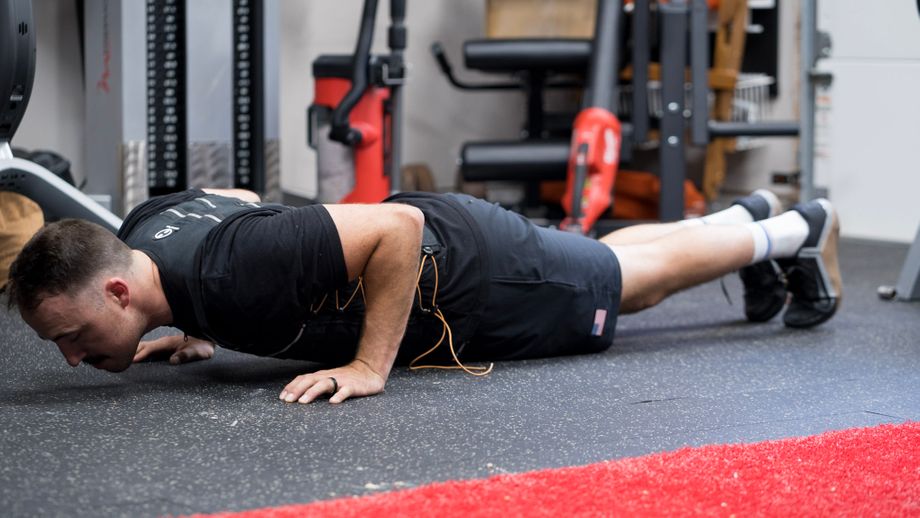
Not only are push-ups great for building upper-body strength, but they also help develop core stability and teach you how to use secondary movers to achieve a goal: If you hadn’t noticed before, pay attention to how your quads and glutes contract during push-ups and plank holds.
Pull-Ups
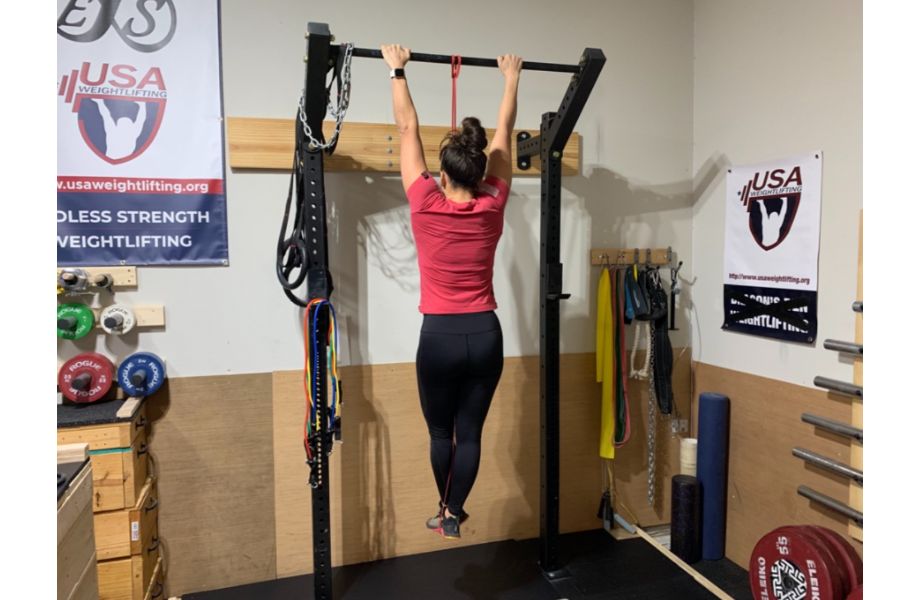
This classic but tough exercise is arguably the most effective way to build upper-body pulling strength. Pull-ups are especially helpful for swimmers, rowers, and skiers, but also have a place in the cross-training routines of other endurance sports. (See the best pull-up bars.)
RELATED: Best Back Exercises
Aerobic Cross-Training Exercises
This is where things can get a little tricky for endurance athletes. Because endurance athletes already perform so much aerobic activity, most personal trainers will not prescribe more cardio exercise.
However, the important thing is that your cross-training activities don’t mimic your primary sport. There are different types of cardiovascular exercise that endurance athletes can still perform outside of their sport.
For example, distance swimmers can benefit from elliptical training, stair-steppers, and even running. But a skier or runner would benefit more from rowing or cycling.
What is Cross-Training?
Cross-training is broadly defined as any physical activity that is different from your primary sport. So, for a runner, cross-training is anything but running. For a triathlete, cross-training is anything other than running, cycling, and swimming. For a cross-country skier, cross-training is anything but that. And so forth.
However, to get a bit more granular, we can say that cross-training is any physical activity that is not a person’s primary sport AND helps them get better at said primary sport.
So, cross-training for a runner will include exercises that are not running, but help them get better at running. Broadly, that would encompass strengthening exercises for the leg muscles (specifically calves, hamstrings, and glutes), as well as unilateral (single-side) and core exercises that act as an antidote to the repetitive movement of running.
Benefits of Cross-Training
The benefits of cross-training are many. Here’s a look at the top three things you stand to gain if you add cross-training exercises into your routine.
Injury Prevention
First and foremost, cross-training helps mitigate your injury risk. One study on trail running injuries states that more than 70% of injuries related to trail running are due to overuse, and that a cross-training program involving dynamic flexibility and neuromotor strength and balance “can foster stable, controlled movement” to prevent injury or reinjury. Another study in high school cross-country athletes reports that low-impact aerobic exercises in conjunction with running can both prevent injury and improve performance.
Performance Enhancement
It does seem counterintuitive that spending less time and energy on your sport can result in better performance in that sport. But alas, a 2022 study on the relationship between cycling and running reports that distance cyclists can see improvements in bone density, muscular strength and endurance, and exercise tolerance by cross-training with running. Of course, proper periodization and careful application of overload are still important to prevent injury.
Additionally, a meta-analysis of highly trained runners found that a strength training program consisting of two to three sessions per week can improve running economy, which is defined as the relationship between oxygen consumption and running speed (see our guide to VO2 max), in distance runners.
Prevention of Overtraining Syndrome
Cross-training gives you a physical and mental break from your usual sport. Too much of anything can be a bad thing, no matter how much you love your sport. Indications of overtraining syndrome include persistent weakness and fatigue; decreased performance despite more training; unintentional weight loss; and decline in motivation to perform your sport.
Who Should be Cross-Training?
Anyone whose workout routine consists primarily of high-volume cardio workouts will benefit from cross-training exercises. If you do any of the following, consider adding cross-training activities into your training schedule:
- Long-distance running
- Ultra-running
- Obstacle course racing
- Triathlons and Ironmans
- Distance swimming
- Cross-country skiing and Nordic skiing
- Distance cycling
- Enduro mountain biking
- Rowing
- Speed skating
Of course, any type of athlete can benefit from cross-training, but endurance athletes in particular will benefit from the strength exercises above.
How Often Should You Cross-Train?
The frequency of cross-training depends on many factors unique to your specific sport and training plan. For the most part, trainers recommend two to three dedicated cross-training sessions per week to support optimal performance.
Another option is to tack on shorter sessions focused on a specific skill or movement pattern to the beginning or end of your regularly programmed workouts. You may also opt to include cross-training exercises in your warmups each day.
The important thing is to find a balance that works for you: Cross-training should support your regular training, not serve as a detriment to your performance. Remember that cross-training still counts toward your overall volume of work each week, and doing too much of anything can push you toward overtraining syndrome.
Sample Cross-Training Workout for Runners
Here’s a full-body workout for runners to give you an example of what cross-training looks like (and how simple it really is!).
Equipment needed: Dumbbells, exercise mat, or soft but stable surface
Fitness level: Any
Intensity: Moderate
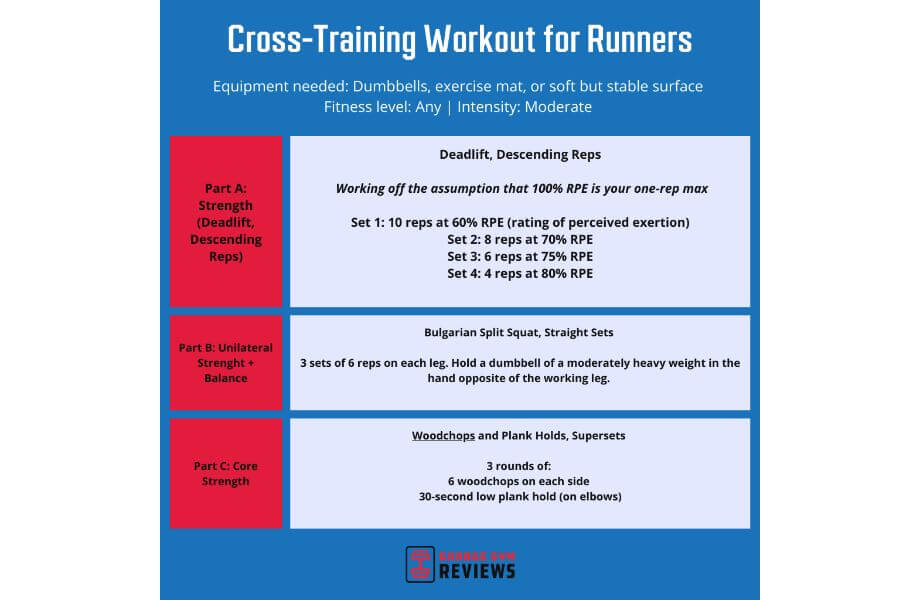
Part A: Strength
Deadlift, descending reps, working off the assumption that 100% RPE is your one-rep max
Set 1: 10 reps at 60% RPE (rating of perceived exertion)
Set 2: 8 reps at 70% RPE
Set 3: 6 reps at 75% RPE
Set 4: 4 reps at 80% RPE
Part B: Unilateral Strength and Balance
Bulgarian Split Squat, straight sets
3 sets of 6 reps on each leg. Hold a dumbbell of a moderately heavy weight in the hand opposite of the working leg.
Part C: Core stability
Woodchops and plank holds, supersets
3 rounds of:
6 woodchops on each side
30-second low plank hold (on elbows)
Cross-Training Exercises FAQs
Commonly asked questions about cross-training exercises are:
Does cross-training prevent injuries?
Adding cross-training exercises into your training routine can certainly help reduce your risk of injury. Strengthening all of your major muscle groups via weight training or bodyweight training yields better body control, joint support, and alignment during your high-intensity cardiovascular workouts.
Do runners need to do cross-training?
Yes, runners should include cross-training exercises in their training program. If runners do only running workouts, they increase their risk of overuse injuries and muscle imbalances, as well as preclude themselves from reaching an optimal overall fitness level.
How long should cross-training sessions be?
There’s no defined range for how long a cross-training session should be. This depends a lot on your training plan, but in general, two or three sessions of 30 to 60 minutes per week is sufficient for endurance athletes.
Why is cross-training important for endurance athletes?
Cross-training exercises help endurance athletes prevent injuries, particularly of the overuse variety. Additionally, cross-training helps develop skills that endurance athletes may not achieve from their sport alone, including power, explosiveness, core strength, and increased overall strength.
Is CrossFit good cross-training for endurance athletes?
Sure, CrossFit or CrossFit-style HIIT training is a great alternative form of exercise for athletes focused primarily on cardiovascular fitness. CrossFit includes many different activities that can increase full-body strength. However, I encourage athletes who already perform high volumes of high-impact exercise (such as ultra-runners and obstacle course racers) to proceed with caution, as many exercises typical of CrossFit are also high-impact.
References
Balsalobre-Fernández C, Santos-Concejero J, Grivas GV. Effects of Strength Training on Running Economy in Highly Trained Runners: A Systematic Review With Meta-Analysis of Controlled Trials. J Strength Cond Res. 2016;30(8):2361-2368. doi:10.1519/JSC.0000000000001316
Komnos, G.A., Menetrey, J. (2024). Running in Cycling. In: Canata, G.L., Jones, H., Krutsch, W., Thoreux, P., Vascellari, A. (eds) The Running Athlete. Springer, Berlin, Heidelberg. https://doi.org/10.1007/978-3-662-65064-6_26
Paquette, Max R.1; Peel, Shelby A.1; Smith, Ross E.1; Temme, Mark2; Dwyer, Jeffrey N.1 The Impact of Different Cross-Training Modalities on Performance and Injury-Related Variables in High School Cross Country Runners, Journal of Strength and Conditioning Research: June 2018 – Volume 32 – Issue 6 – p 1745-1753
doi: 10.1519/JSC.0000000000002042
Vincent HK, Brownstein M, Vincent KR. Injury Prevention, Safe Training Techniques, Rehabilitation, and Return to Sport in Trail Runners. Arthrosc Sports Med Rehabil. 2023;4(1):e151-e162. Published 2023 Jan 28. doi:10.1016/j.asmr.2021.09.032
Further reading

Get the best deals on weightlifting shoes and accessories with our exclusive LUXIAOJUN coupon code. Read more

A registered dietician shares her top 11 picks for the best healthy fast food options. Read more

Fitness experts explain what incline treadmill benefits you can reap by walking up hills, indoors or out. Read more

Wondering if it is OK to put a treadmill in the garage? Our experts provide advice and tips for home gym owners. Read more

